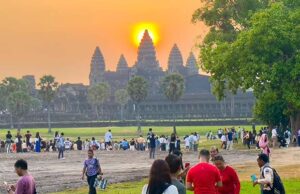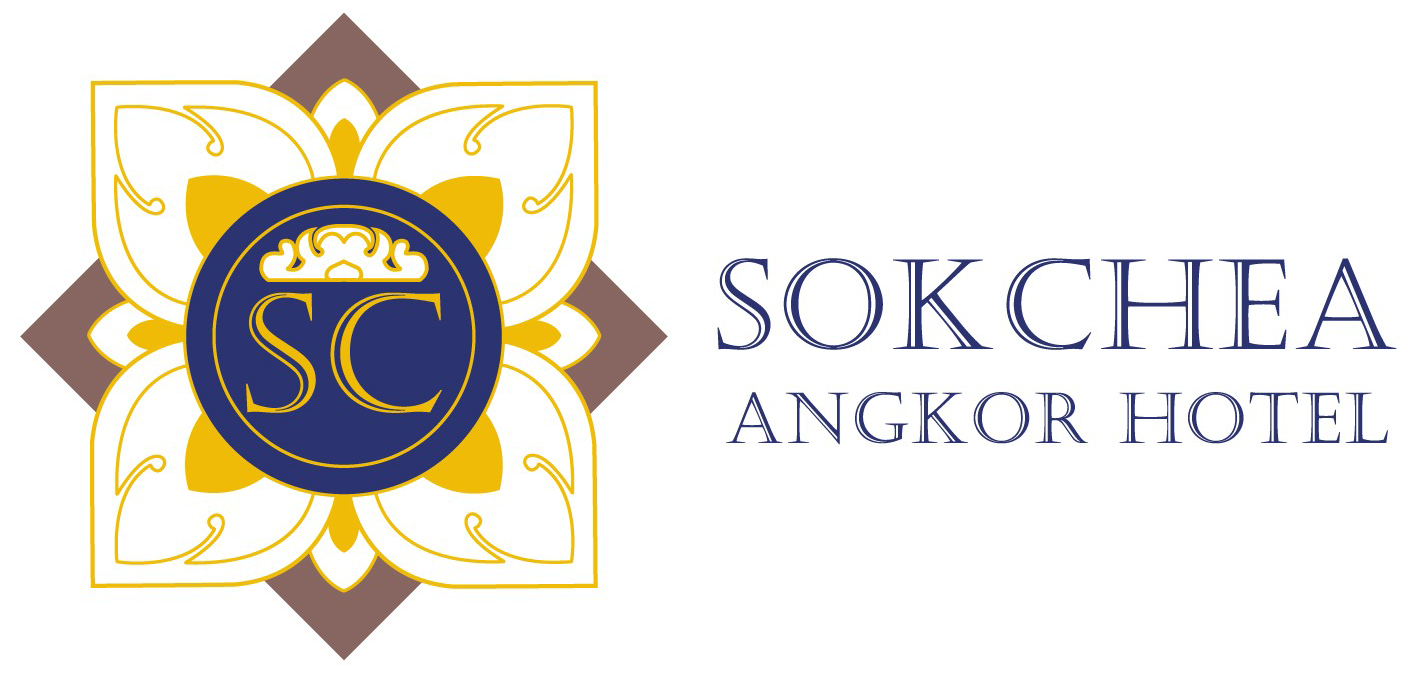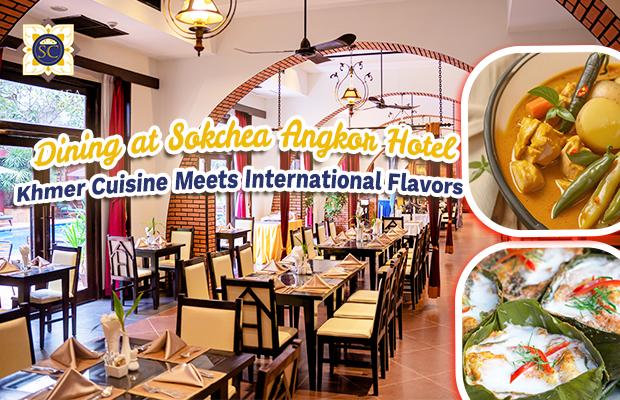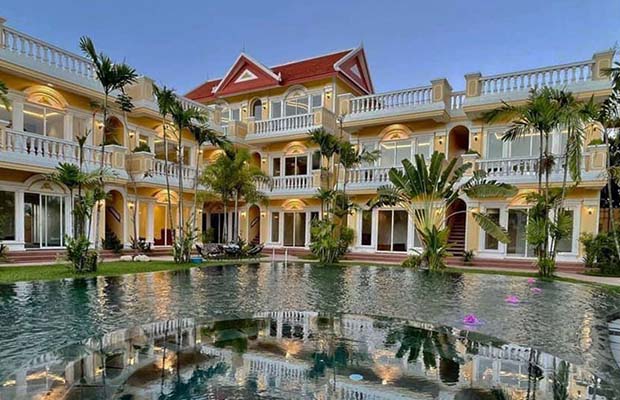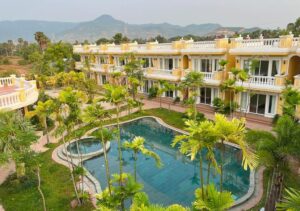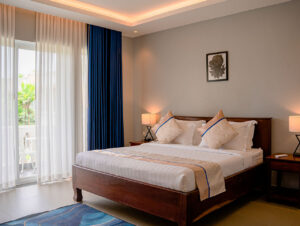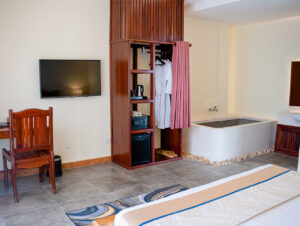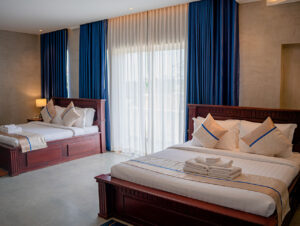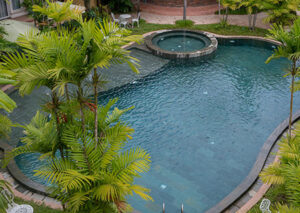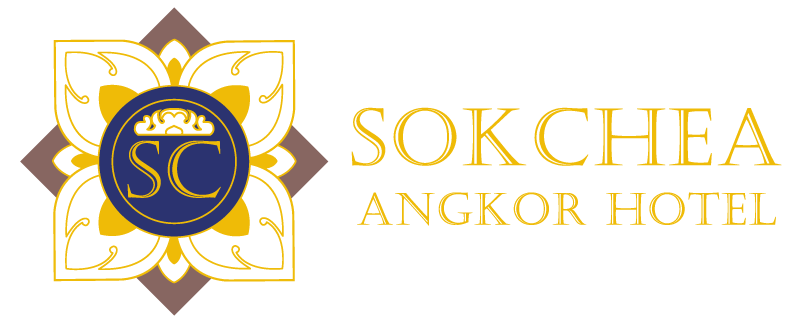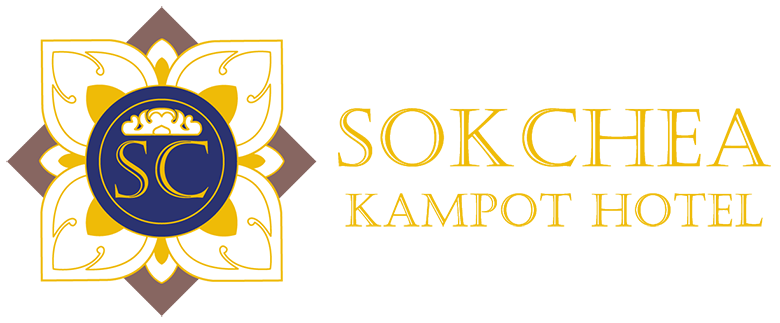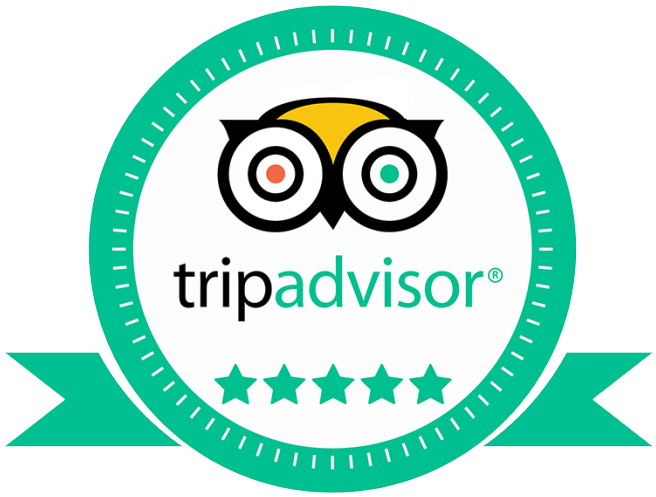The Angkor Equinox is one of the most extraordinary natural and cultural phenomena in Cambodia, a rare celestial alignment that occurs twice a year during the spring and autumn equinoxes when the rising sun aligns perfectly with the central tower of Angkor Wat, the world’s largest religious monument and an architectural masterpiece of the Khmer Empire. This breathtaking event takes place around March 21 and September 22, when day and night are nearly equal in length due to the Earth’s axial tilt of about 23.5 degrees relative to its orbit around the sun, causing the sun’s path, or ecliptic, to intersect with the celestial equator.
During these equinoxes, the sun appears to rise precisely in the east, and at Angkor Wat, the design and orientation of the temple interact with this astronomical event in a remarkable way. The temple itself was carefully constructed in the early 12th century by King Suryavarman II as a symbolic representation of Mount Meru, the sacred mountain of Hindu and Buddhist cosmology, and many scholars believe that its orientation was not accidental but deliberately planned to harmonize earthly structures with celestial movements.
On the mornings of the equinoxes, as the sun rises over the eastern horizon, its first rays pass directly through the gates of Angkor Wat and gradually illuminate the central sanctuary, with the orb of the sun appearing to crown the main tower, an alignment that seems to unite heaven and earth in a dramatic display of cosmic order. This phenomenon is not only a striking visual spectacle but also a profound reflection of the Khmer Empire’s advanced understanding of astronomy, engineering, and sacred geometry, which were combined to create structures that embodied both political power and spiritual meaning.
The occurrence of the equinox was likely linked to agricultural cycles, as the Khmer civilization relied heavily on rice cultivation and water management, and precise knowledge of seasonal changes was essential for successful farming. The equinox may have marked an auspicious time for ceremonies, harvest planning, or royal rituals, further reinforcing the temple’s role as a cosmic and cultural center.
Today, thousands of visitors and pilgrims gather at Angkor Wat before dawn to witness this awe-inspiring alignment, waiting patiently as the sky lightens and the sun slowly emerges to sit perfectly atop the central tower, just as it did centuries ago. For many, the Angkor Equinox is more than just a scientific occurrence; it is a deeply spiritual experience that connects them with the ingenuity of the Khmer ancestors and the eternal rhythms of the universe.
In essence, the Angkor Equinox happens because of the Earth’s tilt and orbit, but its true significance lies in the way the Khmer architects anticipated and immortalized this cosmic event in stone, creating a timeless dialogue between human creation and celestial order that continues to inspire awe and reverence to this day.